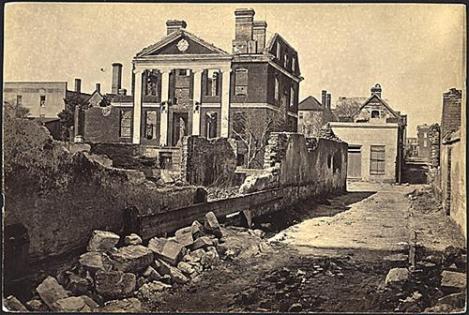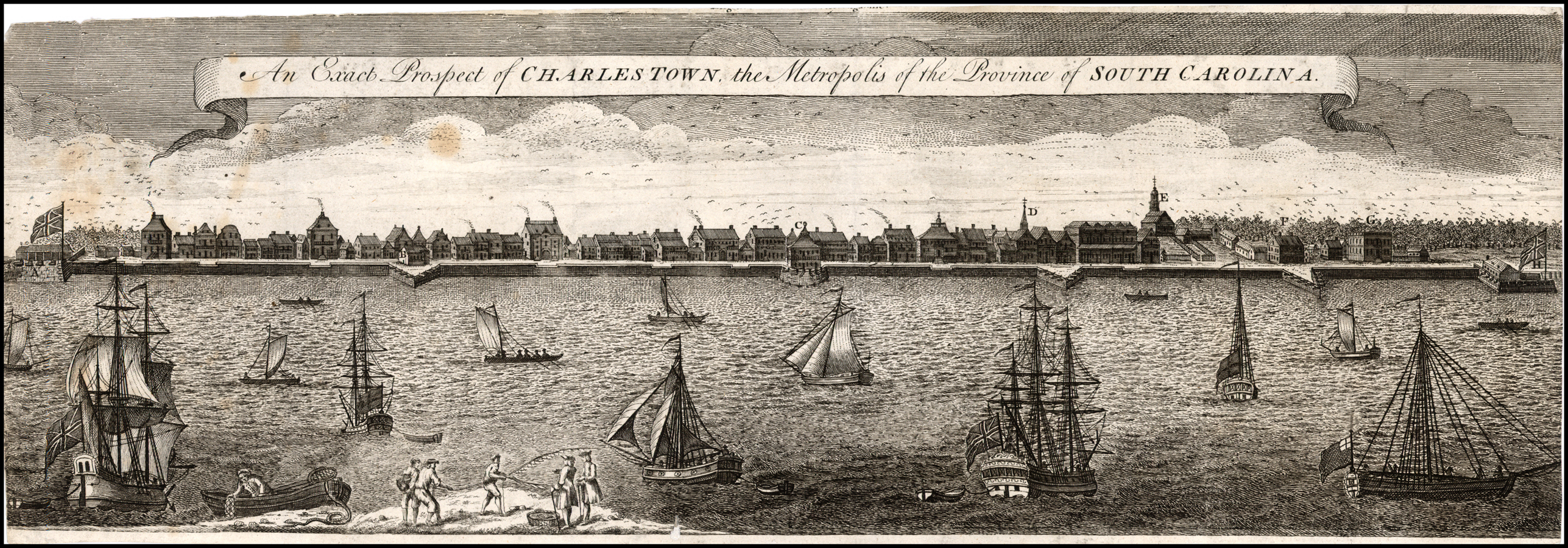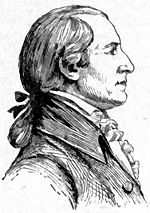In 1840, Jonathan Jasper Wright was born in Pennsylvania. He attended the district school during the winter months and worked for neighboring farmers the rest of the year. He saved up enough money to attend Lancasterian University in Ithaca, New York.
Wright graduated in 1860 and for the next five years taught school and read law in Pennsylvania. In October 1864 Wright was a delegate to the National Convention of Colored Men in Syracuse, NY. Chaired by Frederick Douglass, the convention called for a nationwide ban on slavery, racial equality under the law and suffrage for all males.
Wright then applied for admission to the Pennsylvania Bar but was refused due to his race. After the War he joined the American Missionary Association and was sent to Beaufort, South Carolina to organize schools for freedmen.
When the Civil Rights Act was passed, Wright returned to Pennsylvania and demanded a Bar examination. He was admitted on August 13, 1865, and became the state’s first black lawyer. By January 1867 he was back in South Carolina as head of the Freedmen’s Bureau in Beaufort where he became active in Republican politics. He was chosen as a delegate to the historic 1868 South Carolina Constitutional Convention that met in Charleston. As one of the few trained black lawyers in South Carolina, Wright had a great deal of influence in writing the Constitution and setting up the judiciary.
In a somewhat back-handed compliment, the Charleston Daily News called Wright a “very intelligent, well-spoken colored lawyer.”
There were 124 delegates to the convention, seventy-three of them black. The new Constitution bestowed voting rights and educational opportunities “without regard to race or color.” It also included universal male suffrage, forbade all property qualifications for office, outlawed dueling and legalized divorce.
Later that year, in the first election under this new Constitution, Wright was one of ten black men elected to the South Carolina Senate. In the South Carolina House seventy-eight of the 124 representatives were black. However, many whites had no intention of “obeying a Negro constitution of a Negro government establishing Negro equality.” The white-dominated press called it the “Africanization of South Carolina,” and most whites never accepted the 1868 Constitution as legitimate. They were determined to undermine all the gains made by blacks with the support of Yankee carpetbaggers.
Shortly after the election, Solomon Hogue resigned from the South Carolina Supreme Court to take a seat in the U.S. Congress. That left a vacant seat on the high court for the ten-month remainder of his judicial term,. The black Republican-dominated legislature was determined to elect a black man to join the two white men – Chief Justice Franklin J. Moses, a scalawag (Southerner who supported the Federal government), and Associate Justice A.J. Willard, a carpetbagger (Yankee involved in Southern politics) – already on the court.
In fact, Moses, a former governor, who was notoriously corrupt, picked up the nickname “king of the scalawags” and “the Robber Governor.”
The three candidates for the open seat were Wright, J.W. Whipper, a black representative, and one white candidate, former governor James Orr. The final legislative vote on February 1, 1870 was:
- Wright, 72
- Whipper, 57
- Orr, 3
Jonathan Jasper Wright became the first black associate justice elected to a state Supreme Court. Ten months later, Wright was elected to a full term (six years). He was thirty-years-old.

Jonathon Jasper Wright, from Harper’s Magazine. Author’s collection.
Edward McCrady of Charleston was incensed by Wright’s election to the high court. He published a virulent pamphlet which claimed that had Wright been a white man, he never would have attained such a position with so little experience.
During his seven-year tenure on the bench, Justice Wright heard 425 cases and wrote eighty-seven opinions. However, during the heated election of 1876 (see entry #36), Wright voted to support the Republican victory against Democrat Wade Hampton. Four months later when President Rutherford B. Hayes pulled Federal troops out of South Carolina, the Republicans vacated their seats and the Democrats took charge of the state.
The new Democrat-controlled legislature quickly attempted to impeach Justice Wright for corruption and malfeasance based on trumped-up charges. He initially vowed to defend himself, but in August 1877 realized he could not win. He submitted his resignation.
Governor Hampton, in accepting the resignation, wrote to Wright, acknowledging the illegitimacy of the accusations:
Dear Sir:
Your favor of this date, covering your resignation of the office of Associate Justice of the Supreme Court of this State, is at hand and contents noted.
I accept the same as a tribute on your part to the quietude of the State, and as in no sense an acknowledgement of the truth of the charges which have been made against you.
Wright moved to Charleston and established a law practice. He taught classes from his office and established the law department at Claflin College in Orangeburg. When he died of tuberculosis in 1885, his reputation in South Carolina was still viewed through the lens of racism and suspicion.
A century later, in 1997, the South Carolina Supreme Court unveiled a portrait of Wright, originally published in Harper’s Weekly magazine and a granite grave marker. Chief Justice Ernest Finney, Jr., the first black on the court since Wright stated:
[Wright’s] election to the supreme court marked a high point in a celebrated career of public service, as a teacher, a lawyer and as a statesman.
On Thursday, September 26, 2013, at the South Carolina Black Lawyers Association hosted a ceremonial unveiling of a South Carolina Historic Marker at the site of Justice Jonathan Jasper Wright’s law office on Queen Street in Charleston.

From the book, Charleston Firsts. Available on Amazon.


















